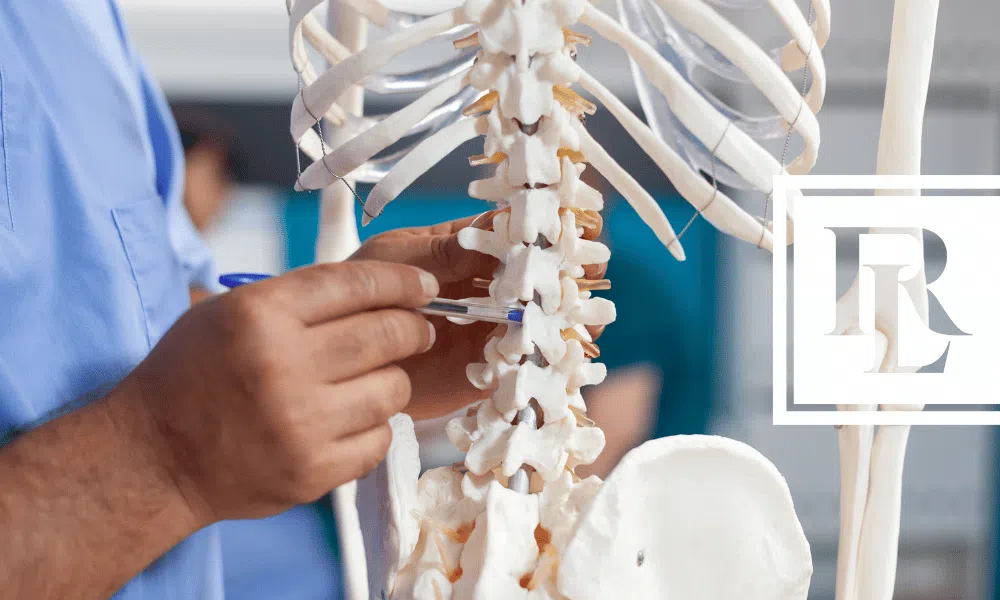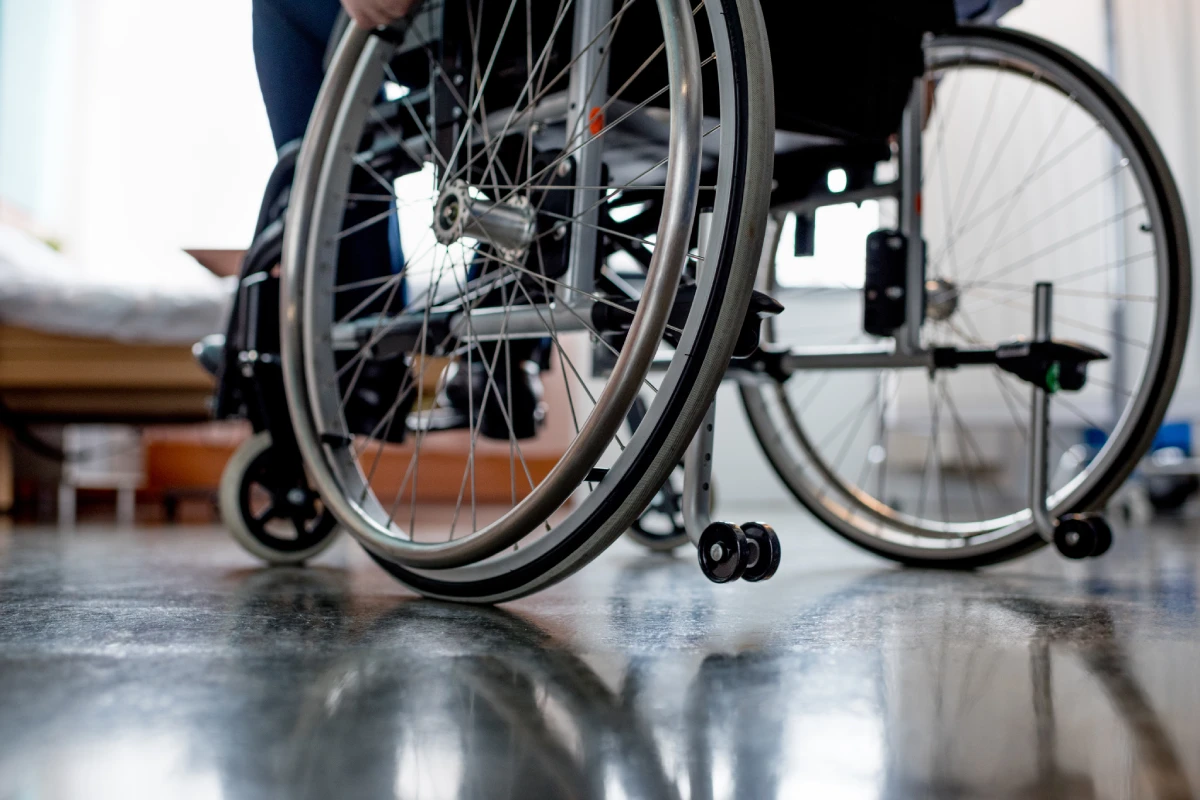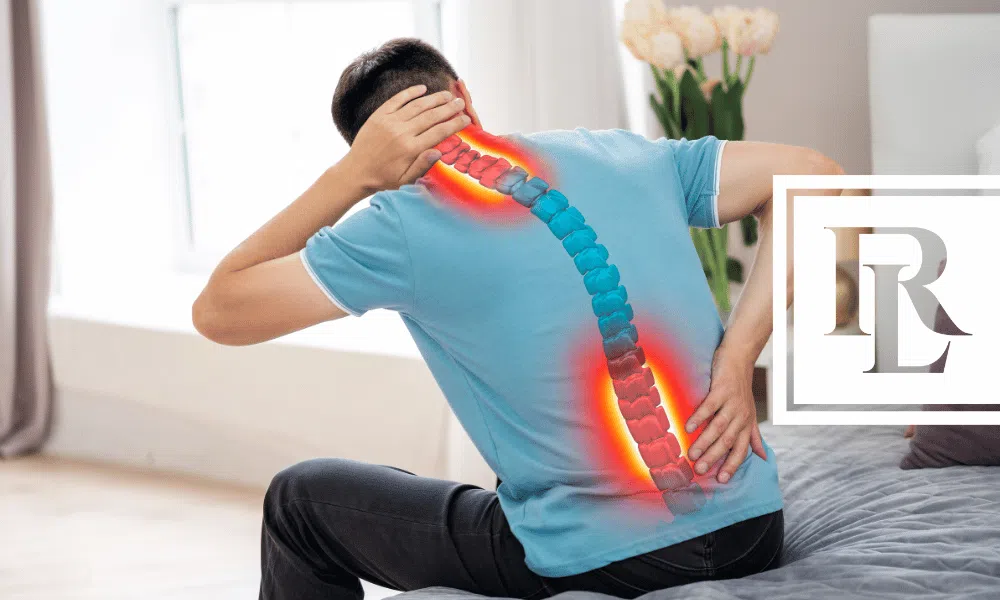Being a parent is a hard enough job, but parenting a child with a severe disability can be even more time-consuming and difficult. Spina bifida, a birth defect of the spine, requires extra attention.
The Social Security Administration (SSA) helps low-income families with disabled children by providing disability benefits. Spina bifida qualifies for these benefits in severe cases, but these benefits are not awarded automatically. Parents need to assert their child’s rights by applying for benefits and demonstrating eligibility.
Spina Bifida — Symptoms and Prognosis
Spina bifida means a “split spine.” The spinal column does not close all the way in the womb during the first few months of pregnancy, according to the Spina Bifida Association (SBA). There are four different types of spina bifida that have differing levels of severity, according to the SBA:
- Occult spinal dysraphism: The spine grows incorrectly during childhood and the child may have a dimple in the back. Although a serious condition, occult spinal dysraphism is treatable, and children can live a normal life.
- Spina bifida occulta: The mildest form of spina bifida, as many as 20 percent of healthy people may have it, notes the SBA. In many cases, this condition has no impact on a child’s life, but sometimes leads to neurological problems.
- Meningocele: In this form of spina bifida, a sac containing nerve fluid pushes out through the spine. Meningocele can cause mild disabilities and is usually treated with operations.
- Myelomeningocele: Myelomeningocele is the most serious form of spina bifida and occurs as part of the spinal cord passes through the open section of the spine, according to the SBA. Myelomeningocele can result in brain damage and other severe limitations and often requires surgery in the days following birth.
With treatment, many children live normal lives with spina bifida, but children and parents need to be proactive in treatment.
Spina Bifida and Social Security Disability
Children with disabilities may qualify for Supplemental Security Income (SSI) if their parents or guardians have limited income and resources. The child must meet requirements established in the SSA’s Children’s Listing of Impairments, which includes spinal disorders like spina bifida that cause disability.
Under Section 111.08 of the Children’s Listing of Impairments, myelomeningocele can qualify a child for disability if, despite receiving treatment, he or she has:
- motor dysfunction as described in the listing for “Major motor seizure disorder” or “Motor dysfunction;”
- less severe motor dysfunction with incontinence or an IQ of 70 or less;
- involvement of four extremities; or
- “noncompensated hydrocephalus producing interference with mental or motor developmental progression.”
A severe musculoskeletal disorder per Section 101 of the Listing may qualify the child for disability as well. Some, but not all, children with spina bifida have intellectual disabilities as well. To qualify for SSI for a child’s intellectual disability, he or she must meet the requirements established in Section 112.05 of the Listing, which provides guidelines based on the child’s age.
Rob Levine Law is committed to being a strong advocate for disabled children. Contact our offices at (866) 529-7734 for more information or to speak with a lawyer.





